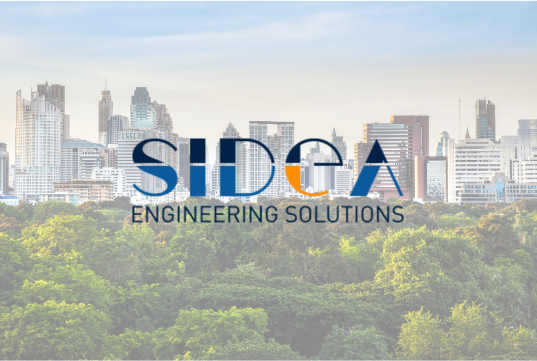
IoT and air quality monitoring systems: the Key to Cleaner and Safer Air/h4>
The Internet of Things has revolutionized many aspects of our daily lives, and one of the areas where it is making a big impact is air quality monitoring. Air quality is critical to human health and the environment, and thanks to new IoT technologies, we can now have more precise and timely control over air quality in our cities, workplaces, and even our homes.
IoT and Air Monitoring Systems: the applications
IoT air quality monitoring systems are based on the use of smart sensors that collect real-time data on air quality, such as the concentration of air pollutants, temperature, and humidity. These sensors are connected to an IoT network that transmits real-time data to a central server. This approach enables constant monitoring and rapid response to air pollution situations. But what are the contexts in which air quality monitoring systems can be useful to us?
- applications in urban settings
- in cities, IoT air quality monitoring systems are used to detect air pollution, which can come from sources such as vehicular traffic, industries, and home heating. These data enable authorities to monitor air quality in real time and take immediate measures to reduce pollution.
- safety in workplaces
- in workplaces, IoT sensors help protect workers from exposure to hazardous substances. For example, in industrial environments, sensors can detect the presence of toxic or flammable gases and trigger safety alarms or evacuation systems.
- home monitoring
- even at the household level, IoT is playing an increasingly important role in air monitoring. IoT devices can be used to measure indoor air quality in homes and alert users to high levels of pollutants or humidity.

Benefits of Using IoT Systems for Air Quality Monitoring
The use of IoT sensor-based air quality monitoring systems makes it possible to collect and process data in real time, even over long distances, through the use of innovative, low-power equipment, which is thus economical and easy to manage.
The integrated IoT sensors continuously measure the air concentration of various substances in the air, useful in both open and closed environments, and the collected data, sent via secure connection, enables an assessment of the air quality in the specific environment with timely identification of any pollution situations or exceedance of safety thresholds based on the set benchmarks.
Specifically, the benefits of installing air quality monitoring systems are:
- real-time monitoring:
- real-time data enables rapid response to emergency situations or spikes in air pollution.
- health risk reduction:
- constant monitoring helps protect human health, especially in industrial and urban settings.
- energy efficiency:
- in workplaces and homes, IoT monitoring can help optimize heating and air conditioning systems, thereby reducing energy consumption.
- environmental compliance:
- monitoring and pollution control contribute to environmental protection. In the event of critical environmental events, such as fires, chemical spills or others, IoT air quality monitoring systems enable a faster and more effective response. By detecting dangerous levels of pollutants in the air in advance, it is possible to protect the surrounding environment and prevent significant environmental damage.
- sustainable urban planning:
- in cities, data from IoT air monitoring systems help with sustainable urban planning. Local authorities can use this information to develop policies to improve air quality, promote green public transportation, and create urban green areas.
SIDeA: alongside every customer with air quality monitoring systems design and development
The increasing use of IoT-based air quality monitoring systems is greatly improving our ability to protect human health and the environment. IoT technology offers an efficient and accurate solution for measuring and monitoring air quality in a variety of contexts. Its deployment is expected to grow, leading to a world with cleaner and safer air.
From analyzing and understanding the problem, evaluating the feasibility of interventions, each customer is followed and supported by SIDeA engineers during each stage. When designing air quality monitoring systems and their subsequent development, SIDeA's commitment does not end with the delivery of the required solutions. Phase after implementation is in fact training, as well as technical support, tutoring, assistance and maintenance to optimize the systems and their use by the customer himself.
A heterogeneous and flexible work team, capable of managing the workload based on the professionalism and skills of each collaborator, guarantees a production flow that can carefully and accurately meet the established delivery deadlines.

